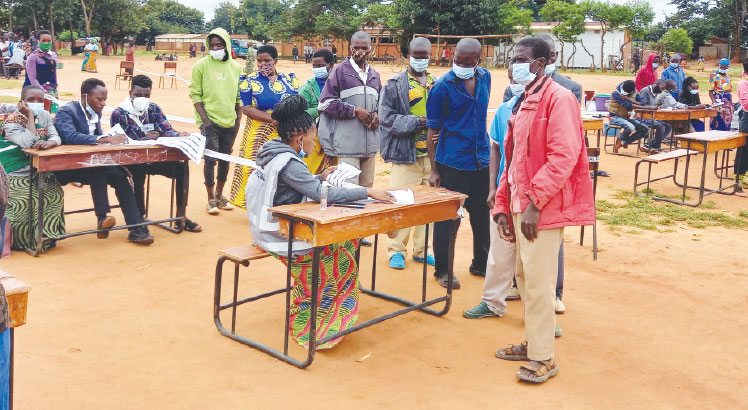One per constituency is better than 7 per district
The announcement in Parliament on Wednesday by the Minister of Education, Bright Msaka, that each district will have 7 new secondary schools—200 for the whole country—whose construction will commence early next year is good news. The new secondary schools will come against the background of many Primary School Leaving Certificate (PSLCE) candidates who qualify for secondary education but who do not make it to secondary school because of
Of course, Msaka who made the announcement in a ministerial statement in Parliament also stated that the number of new secondary schools will also depend on how big the district is and how the problem is in each district. This is a good clarification although it is still very vague and not good enough. I wish the minister left no doubt about how this will be done—by unequivocally stating that government will first carry out a needs-assessment across the country to determine the actual deficit for secondary school space in each district and use the information to determine how many secondary schools to build in each district. That for me is a major omission which I hope the ministry will consider.
With the quota or equitable system of selecting students to secondary and public universities in place, it is a known fact that some candidates who pass well are not selected for further education. This is because each district is given a selection ceiling that is different from the other although in the same country. This is, to say the least, unfair and killing the students’ future.
We know for a fact that some districts in the country are smaller than others. And so are their populations. On one extreme, for example, we have Likoma which is indisputably the smallest district in the country. It has a population of not more than 9 000. Another small district by size and population is Mwanza. On the other extreme, there is Mzimba which is the biggest district in Malawi—but which does not necessarily have the biggest population in the country. Other big districts in Malawi based on land area are Kasungu, Lilongwe, Machinga. Yet, again, we have districts like Mangochi which, though smaller in size than Kasungu, have bigger school going populations.
It goes without saying therefore that it would not make sense for government to build the same number of secondary schools in each district with the $100 million (K73.5 billion) from the United States of America.
Again, as government is planning to build these secondary schools, it should also be making plans about where to source and pay qualified teachers to work in these schools. The free primary education policy adopted in 1994 came with its own problems—lack of qualified teachers. When enrollment ballooned from 1.7 million to 3.1 million, government discovered that it did not have enough qualified teachers as well as learning and teaching materials. It is such factors that have been blamed for the deteriorating standards of education in the country.
I would therefore argue that the number of constituencies is a better determining factor for allocating new secondary schools than districts. We know for a fact that the 193 constituencies in the country were arrived at using a combination of two main factors—size and population. The Malawi Electoral Commission demarcated the constituencies based on these factors in 1993 and revised them before the 2009 general elections. That way we would be moving closer to sharing the national cake equitably. n



